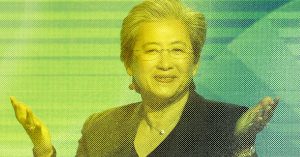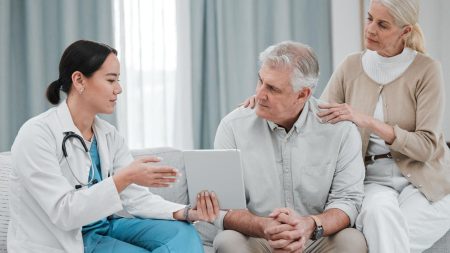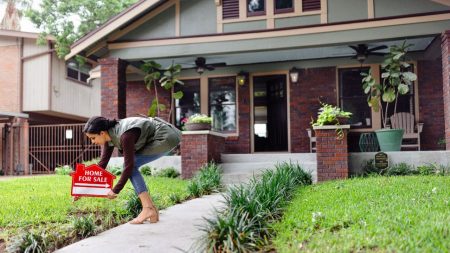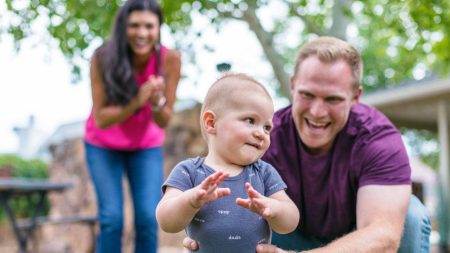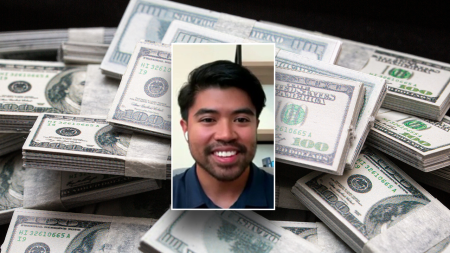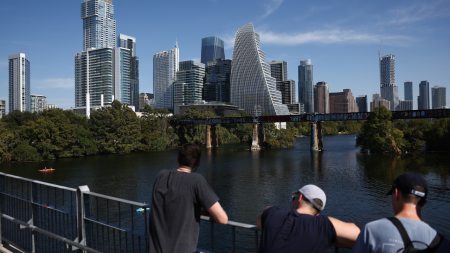The physical difficulties caused by long COVID are translating into severe financial hardships that include loss of work, utility shutoffs and trouble making rent or mortgage payments, new research shows.
One in 10 adults with long COVID say they stopped working because of their symptoms, according to an Urban Institute study based on a survey conducted late last year. Only about six in 10 adults with long COVID reported having access to paid sick leave at work, compared with 68% of all workers, according to the study.
Over 40% of people with long COVID report having inadequate food for their household, the research shows, compared with 20% of adults who have had COVID-19 but do not have long COVID. Difficulties paying the rent or mortgage and utility bills were also far more common among people with long COVID than those without, the researchers found.
In long-COVID patient communities, it’s common to hear of “people who are losing their homes, unable to afford their next meal, having to move in with family members or friends in order to survive,” said Lisa McCorkell, a co-author of the study who is also living with long COVID. McCorkell is co-founder of the Patient-Led Research Collaborative, a group that researches long COVID and advocates for policies that support people with disabilities.
About 6% of all U.S. adults, or more than 15 million people, are currently experiencing symptoms of long COVID, according to the U.S. Census Bureau’s latest household pulse survey. Symptoms can include chest pains, cough, fatigue, shortness of breath and memory loss. The signs and symptoms generally last at least four weeks after the initial COVID infection and may relapse before reappearing or grow worse over time, according to a working definition developed by the U.S. Department of Health and Human Services.
The new details on long COVID’s lasting financial effects on patients are emerging amid official declarations that pandemic-related health emergencies are over. The World Health Organization declared an end to the COVID-19 global health emergency in May, just a few days before the official end of the U.S. COVID public health emergency.
The Urban Institute study was based on a survey of more than 7,500 adults age 18 to 64. Nearly six in 10 of those surveyed reported having a prior COVID infection, and 18% of those people reported having long-COVID symptoms lasting four weeks or more.
The fact that researchers are still working to refine the definition of long COVID complicates matters for patients who may be too ill to work and who may struggle to access safety-net programs, McCorkell said. Some programs, such as Social Security disability insurance, require medical documentation. “That requires that you have access to a healthcare provider, that you have access to a healthcare provider who believes you are sick — which we’re still struggling with in 2023 — and requires someone to understand what long COVID is and be able to adequately document the level of disability people are experiencing,” McCorkell said. That, on top of the other complexities of a long application process, is “a huge barrier to access,” she said.
One in four adults with long COVID reported “very low” food security, indicating that they are skipping meals or otherwise cutting back on their food intake, while one in 10 adults without long COVID reported such food insecurity, according to the Urban Institute report. Nearly 10% of people with long COVID had a utility shut off in 2022, according to the study, compared with 3% of those who have had COVID but don’t have long COVID.
Research has shown that “these kinds of social and economic factors have a critical impact on population health, even more so than medical care,” Michael Karpman, a principal research associate at the Urban Institute and co-author of the study, said Tuesday during a panel discussion on long COVID hosted by the Urban Institute. “When people can’t afford to meet their basic needs, they have much greater difficulty recovering from illness.”
Previous research has also linked long COVID with problems paying medical bills and with past-due medical debt.
Lack of access to paid sick leave is driving many patients with long COVID to cut back on other activities so that they can continue working, which can also add to financial strains if people need to pay for child care or other services, researchers say. One in four people with long COVID said they had cut back on nonwork activities such as errands or chores at home so they could keep working, according to the Urban Institute report.
The application process for safety-net programs needs to be streamlined, researchers say, and eligibility criteria for certain programs should be expanded to include long-COVID illness and disability. “Our safety net isn’t equipped for people with long COVID,” McCorkell said, “and our numbers are growing by the day. The longer we wait to bolster the safety net, the more economic harm is going to be caused.”
Read the full article here

